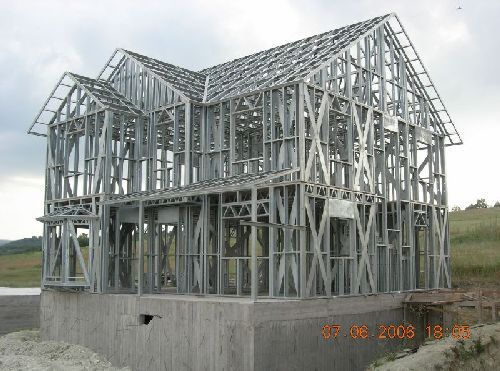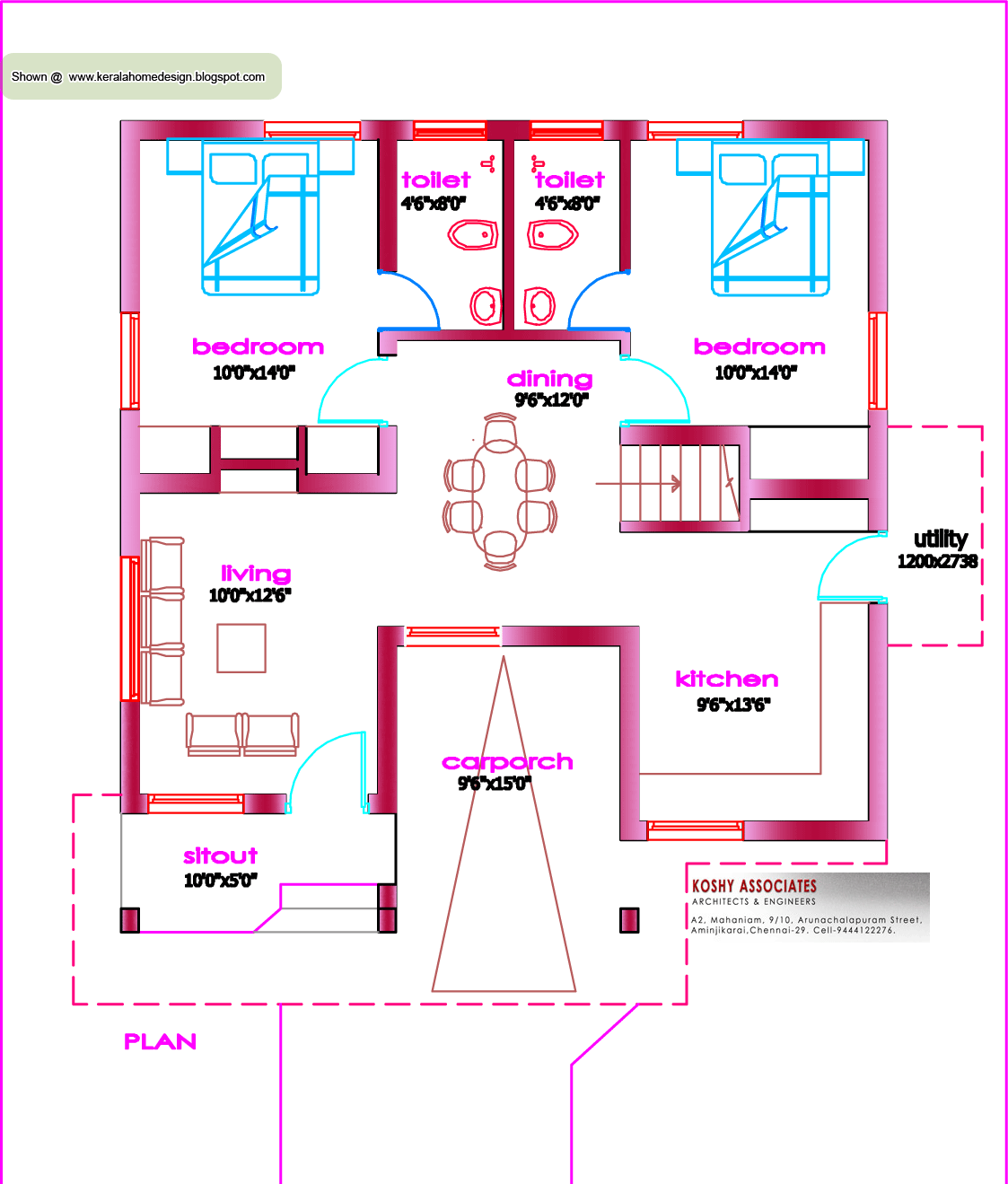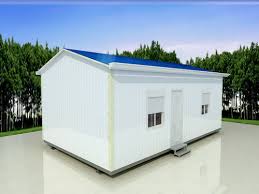PREFABRICATED HOUSES IN KENYA AND REDUCTION OF BUILDING CONSTRUCTION COST REDUCTION
* why is the use of pre-fab panels rising in kenya?
This is because with the onset of the internet and other faster methods of transmitting informtion, Kenyans can easily access information on new technologies faster.
This way, Kenyans who are budget-sensitive and need a faster method of construction can have their needs met.
Construction methods such as DIAMOND HOUSE technology that can reduce costs by 32% come in handy in solving housing issues in Kenya.
* what are the common ingridients to make these panels available locally?
There are several types of Panels:
1.
Steel Structural Insulated Panels [SIP]. These arew imported from China.
See more detailed info on this here
https://www.a4architect.com/2010/02/04/structural-insulated-panel-houses-save-50-of-construction-costs/
2.
Wooden Panels: These are manufactured by this company in Kenya
http://www.ehgkenya.com/
3.
Cement fibre panels Structural Insulated Panels. These are made from a cloth-like board coated with cement plaster. This company manufactures them in Kenya
http://afrohomes.biz/projects_news.php
4.
Reinforced concrete Panel. These were being manufactured by Ecohomes kenya
http://www.nation.co.ke/magazines/money/-/435440/485160/-/view/printVersion/-/yeqi43z/-/index.html
* could this be the soution to houising problems in kenya?
COST
This is definitely a solution to the housing crisis. I have tried for several years to introduce Prefabricated Housing solutions to Kenya mainly through Steel SIP Panels.
The major problem is that the Steel SIP Panels are cheap to buy in China.
A 60m2 2 bedroomed house costs kes 600,000 to buy in China. Add 150,000 freight to Mombasa. From Mombasa is where the costs rise up tremendously.
There is import duty of 10% plus 16 % VAT plus 25% KEBS plus the transport from Mombasa to Nairobi by rail or road is expensive[KES 80,000 APPROX].
By the time the house reaches Nairobi, it costs approx. KES 1 million. A similar stone house will cost KES 1.1 Million using the average Nairobi rates of construction.
The savings is too minimal to deserve all this hustle hence people choose the traditional methods of construction.
For the locally manufactured panels[Wood and Cement board] the ingredients[wood and cement are already expensive here in Kenya].
This makes the total cost to be similar or slightly higher than using stones to build. The last time i inquired prices for the wooden and cement board prices [last year] the price was slightly higher than constructing using the normal traditional stone methods.
Solution:
The government can zero-rate import duty and VAT and revive the Railway line.
PERCEIVED SECURITY
Another drawback i have encountered in my attempts to introduce these is the fact that the security situation in the country is very bad. Potential customers fel psychologically unsafe in a house made of panels.
People want to live in stone houses with steel doors and windows.
As long as the security situation remains the same, people will shun panelized housing unless its situated in a gated community.
You can imagine building a panelized house in a suburb such as Kitengela. If things in Kenya penetrate steel windows, you can imagine how they can have a field day in panelized housing.
In Western countries where the security from violent robbery/break-ins is guaranteed, panelized housing s very common.
* on average,by what percentage does the use of these material lower the cost of construction?
Panelized housing can be compared to a low-to-middle class house. These are the kinds of houses found in Ruai, Juja e.t.c with no-frills-attached type of construction. These houses cost an average of KES 18000 per square meter to construct i.e an average 90m2 3 bedroomed house will cost KES 18000 X 90m2 floor area= KES 1.6 million.
The average panelized housing of such quality will cost approx. KES 1.4 Million using imported steel SIP panels and slightly higher[approx. 1.7 million} using wood or cement fibre board panels.
If transport [railway] is sorted out and VAT and import duty exempted, then we can look at a 50% reduction on the cost of construction using Steel SIP Panels.
For cement board panels, the main manufacturers of cement in Kenya-Bamburi, East African Portland and Athi River mining have one factor on common-La Farge -a French multinational as part of the shareholders.
The current global FOB price per ton of cement is around USD 70 [KES5600] per ton [Source: http://www.alibaba.com/showroom/cement-price-ton.html] .
A 50 kg bag will cost KES 280 in China. Add freight and import duty e.t.c .This will bring the cost to approximately KES 560 to get to Nairobi if the Government lowers import duty and revamps the railway system.
Currently, the average cement price per 50kg bag in Nairobi is KES 750.
Therefore, if the Government reduces import duty on cement and improves on the railway transport system, we can see cement prices dropping to international ranges of KES 500 per 50kg bag.
Once this is possible, the cement fibre board panelized housing prices should drop by the same margin of 30% from KES 1.7 Million to KES 1.1 Million for a 90m2 floor area sized 3 bed-roomed house..
* are there any quality issues rising from the use panels?
Steel SIP Panel manufacturers usually give an average of 10 years guarantee depending on the thickness of the steel panel and the location. Steel panels near the salty seas will rust faster hence lower longevity.
A stone house has a lifespan of 50 years if well-constructed and maintained and planning regulations remain the same.As the population increases, Local Authority planning regulations take effect and on average, after 50 years, there will be a need to re-plan the area again and re-build as appropriate hence the 50 year average.
Such is seen in areas such as Lavington and Hurlingham whereby the old colonial stone houses have been demolished to pave way for high-rise structures.
Structurally, the prefabricated buildings are designed to withstand the climatic conditions of their locations. In areas where the weather is severe such as the Southern part of U.S.A where there are hurricanes, the structural design is more reinforced to withstand this as specified and certified by the Local Authority during application for approval to construct.
* comparing to other countries, do you forsee a time when use of panels would surpass the use of the conventional stones and cement etc
Once issues such as transport[railway] ,Statutory fees[import Duty, VAT] and security are addressed, definitely the Prefabricated houses will be cheaper and safer to live in than the traditional stone houses.
Frank Gichuhi B.Arch. U.o.N M.A.A.K[A] Registered Architect.





Leave a Reply